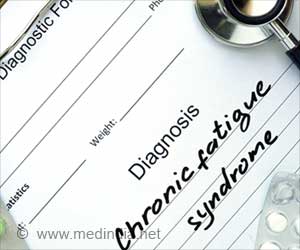Highlights
- Therapeutic cooling treatment in babies with birth asphyxia (oxygen-deprivation condition) can reduce the chances of developing epilepsy
- The treatment might also bring down the number of children on anti-epileptic drugs
- The severity of cerebral palsy and mortality can also be reduced
Birth Asphyxia
It is known that newborn babies who suffer birth asphyxia may develop permanent brain injury resulting in cerebral palsy or other conditions, like epilepsy. Until recently, 20 to 30 percent of these patients would develop epilepsy, and many need regular anti-epileptic treatment. The patient's cognitive performance, life quality, and life expectancy are also affected by the condition.
For up to eight years, the researchers followed 165 infants who were born in the south-west and who received cooling therapy at St Michael's Hospital, Bristol, part of University Hospitals Bristol NHS Foundation Trust. The study examined how many babies were diagnosed with epilepsy and how many are on regular anti-epileptic drug treatment at two and four to eight years of age.
The research found that babies, born after 2007, who received the cooling treatment, had much less epilepsy than before cooling treatment was introduced. At two years, seven percent of the children had an epilepsy diagnosis, however, far fewer, only two percent, were on regular anti-epileptic drugs.
The study showed that more children had epilepsy when they reached the age of four to eight years with seven percent on regular medication. However, these are very low numbers needing antiepileptic treatment compared to before cooling treatment was introduced as a standard of care.
Before therapeutic hypothermia was introduced, poor outcome meaning death or moderate or severe disability was around 66 percent (32 percent death and 34 percent surviving with a disability).
Professor Marianne Thoresen said: "Even if we account for a lesser severity of birth asphyxia, our research has shown that therapeutic hypothermia reduces the number of children who develop epilepsy later in childhood. Cooling treatment also reduces the number and severity of cerebral palsy and increases the number of patients who survive normally."
- Xun Liu, Sally Jary, Frances Cowan and Marianne Thoresen,Reduced infancy and childhood epilepsy following hypothermia-treated neonatal encephalopathy. Epilepsia (2017)DOI:10.1111/epi.13914
Source-Eurekalert















